Lamborghini’s new Huracán supercar – which replaces the 10-year-old Gallardo – has broken new technological ground thanks to a new type of hybrid carbonfibre and aluminium construction.
This new technique will be been seen in the next-generation Audi R8, and also in "several" mainstream Audi road cars, Autocar can reveal. The upcoming Audi Q7 is thought to be the first candidate for carbon-hybrid construction.
The Huracán renews Lamborghini’s assault on the fiercely fought supercar segment with more power and performance, a high-quality new interior, a new look and what the firm describes as an “innovative technology package”.
Much of this specification appears to address the main criticisms of the outgoing Gallardo, which was feeling its age next to more powerful, more modern and higher-quality rivals such as the Ferrari 458 and McLaren 12C.
The Huracán, seen in the metal at the Geneva motor show, is powered by a new, naturally aspirated 602bhp 5.2-litre V10 engine that drives all four wheels through a new design of seven-speed dual-clutch gearbox. It has a claimed 0-62mph time of just 3.2sec (bettering the 0-62mph time of the Gallardo LP560-4 by half a second), and can span 0-124mph in 9.9sec and achieve a top speed of "over 200mph".
A full 75 per cent of the engine’s 413lb ft is available from just 1000rpm – a remarkable result for an engine that is not turbocharged. A dry weight of 1422kg means the car weighs 2.33kg per single horsepower.
Economy is improved over the automatic version of the Gallardo LP560-4, from 19.2mpg to 22.6mpg, while CO2 emissions are down from 351g/km to 290g/km.
The Huracán, which will cost around £188,000 when it goes on sale in the second half of this year, has been developed in tandem by Lamborghini and Audi engineers and features a rear firewall and centre tunnel made from a single carbonfibre moulding.
The rest of the structure – including the front and rear subframes, front bulkhead, suspension components and much of the skin – is made from aluminium. The carbonfibre moulding is both glued and riveted to the aluminum that makes up the rest of the structure.
Audi technical chief Ulrich Hackenburg told Autocar that the new structure makes the Huracán over 50 per cent stiffer than the outgoing aluminum-spaceframe Gallardo, and around 10 per cent lighter.
Hackenburg also said that the real advantage of using carbonfibre in vehicle construction was to use it in "monolithic" structures such as the bulkhead and centre tunnel. He described this construction as the "backbone" of the car and the part of the structure that had the biggest influence on overall body stiffness.

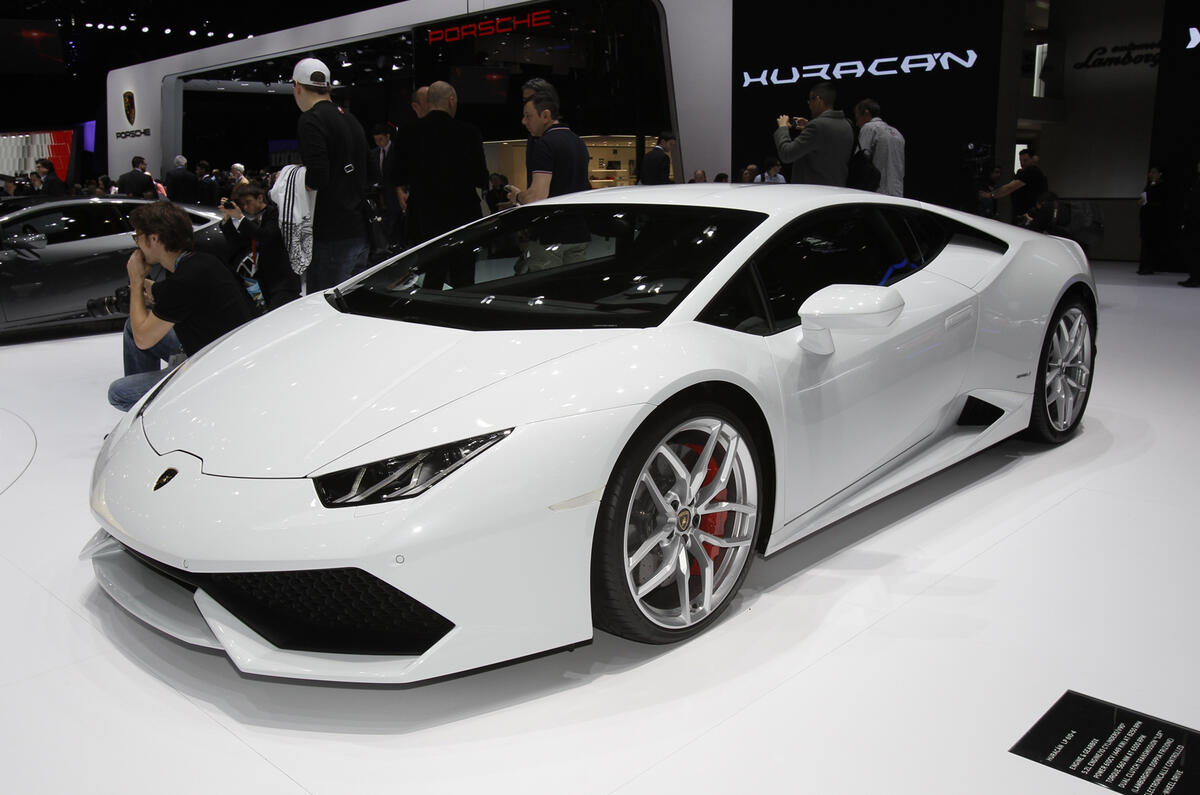
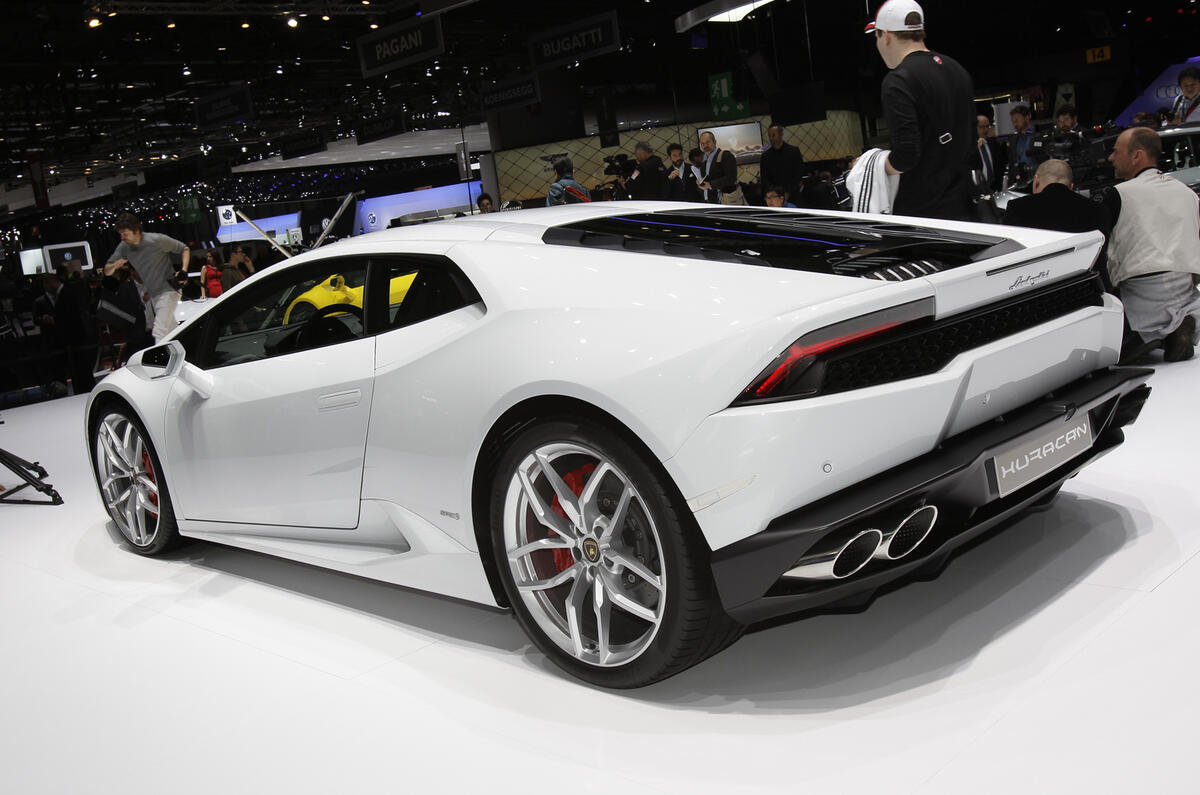
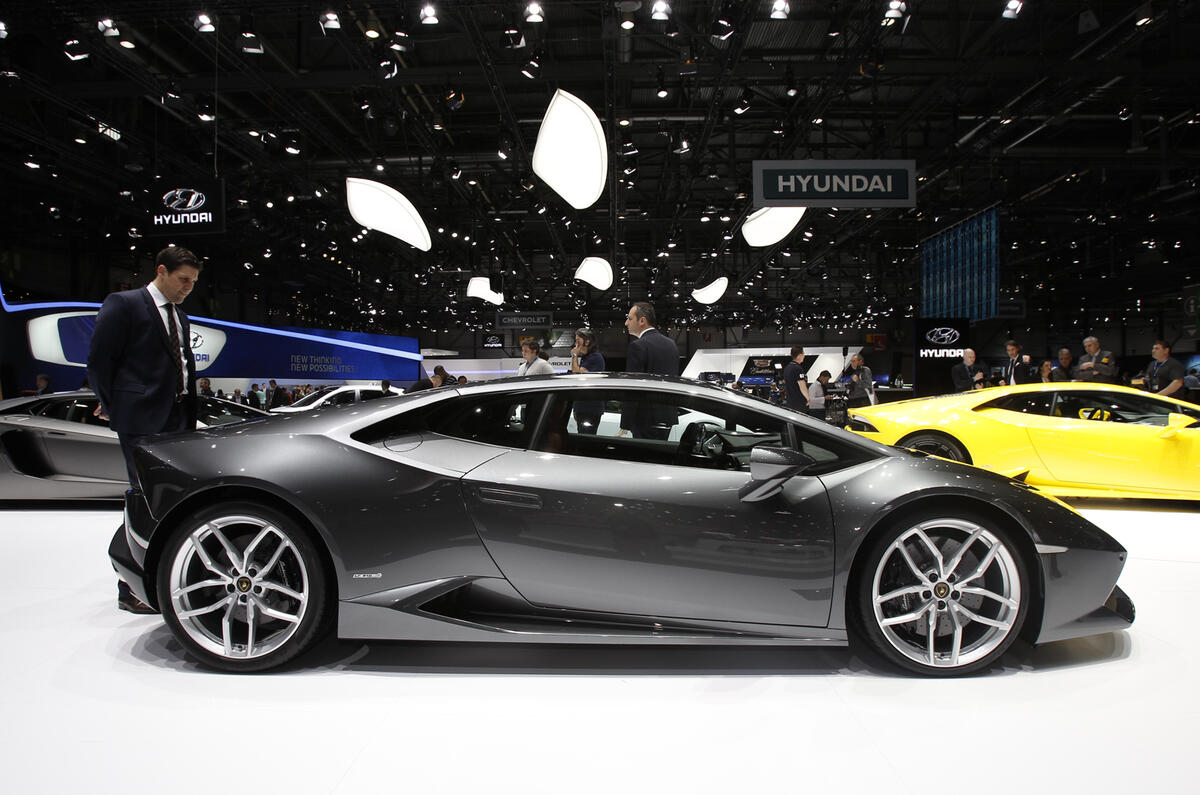
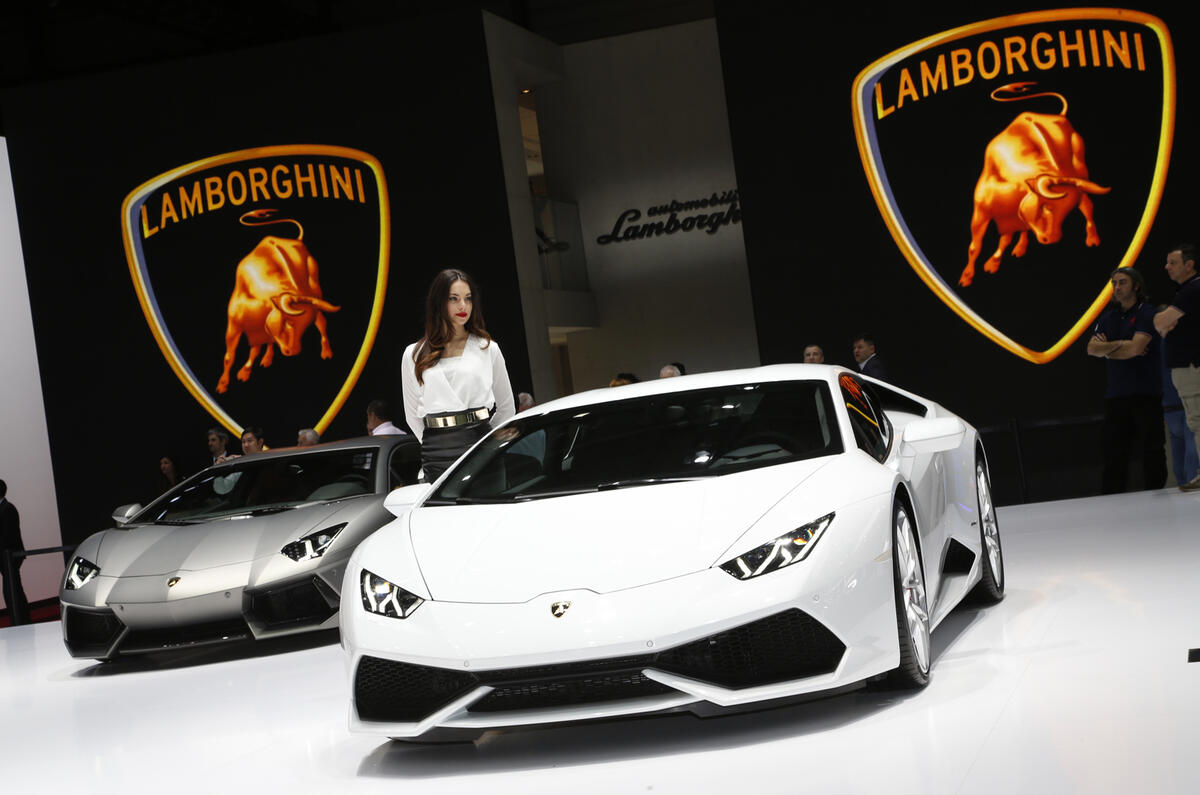
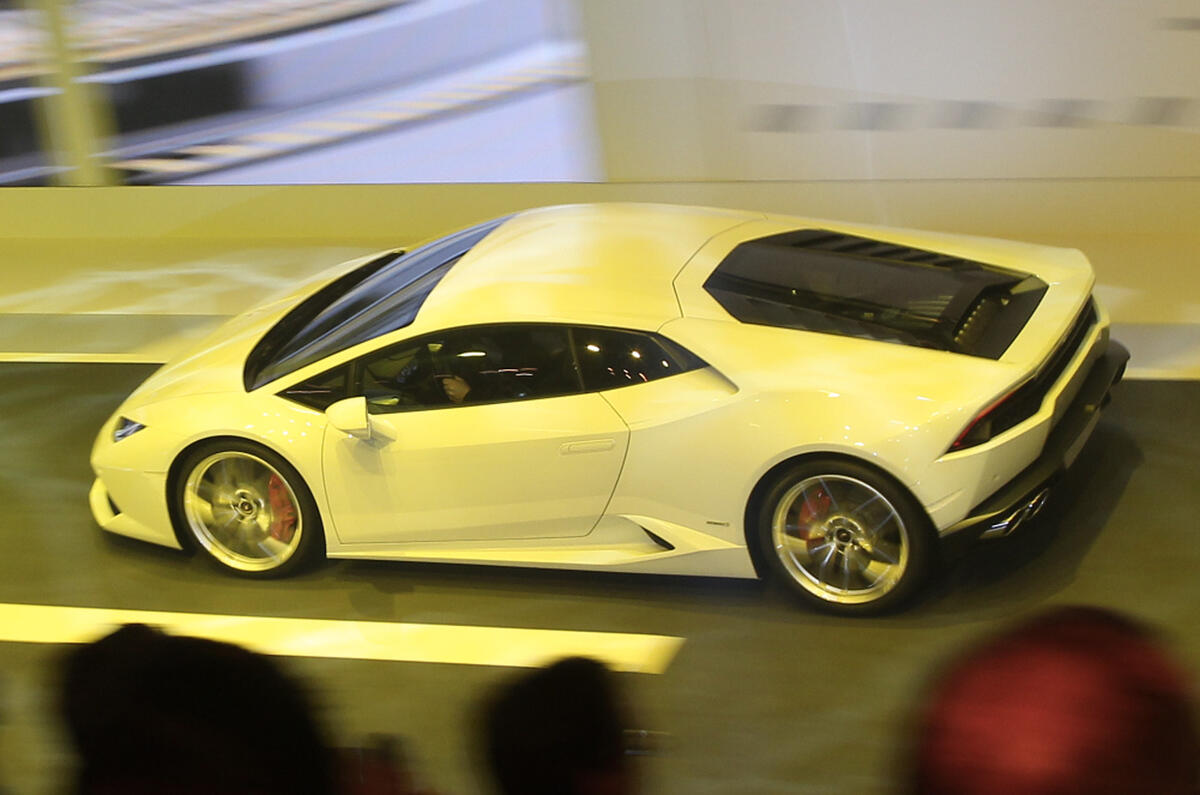
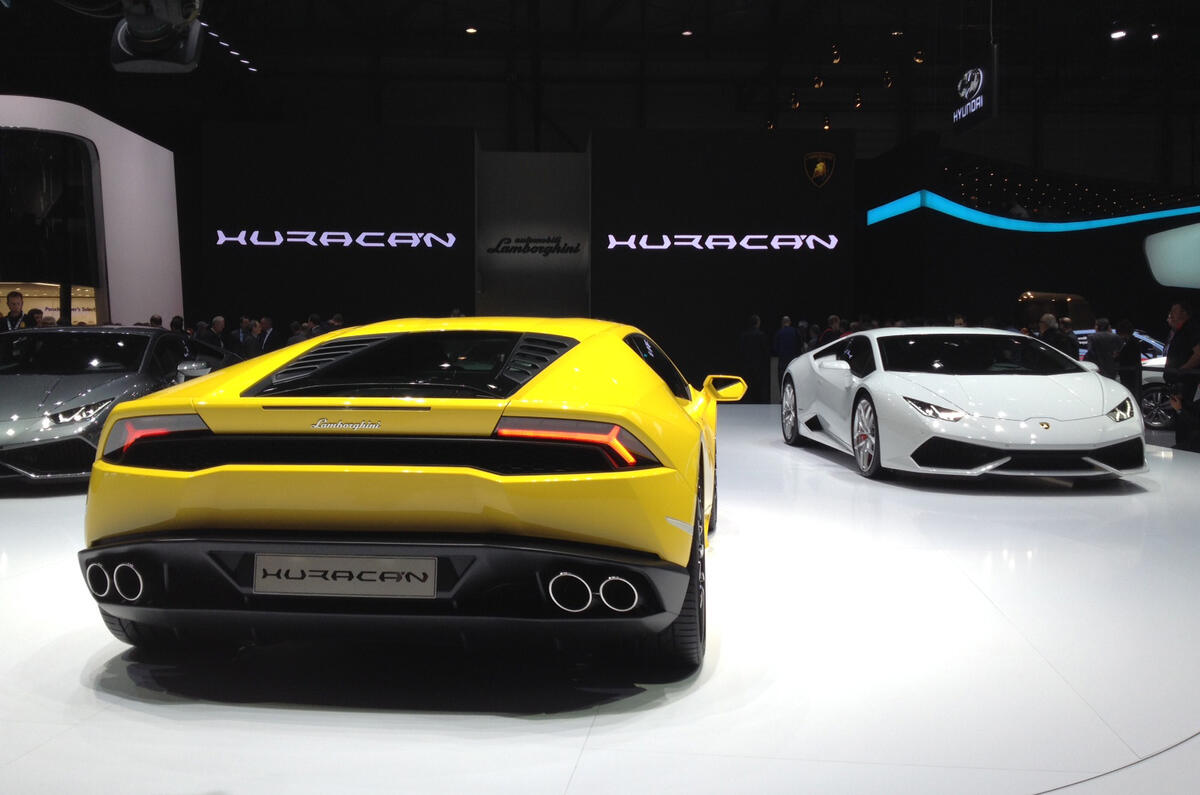
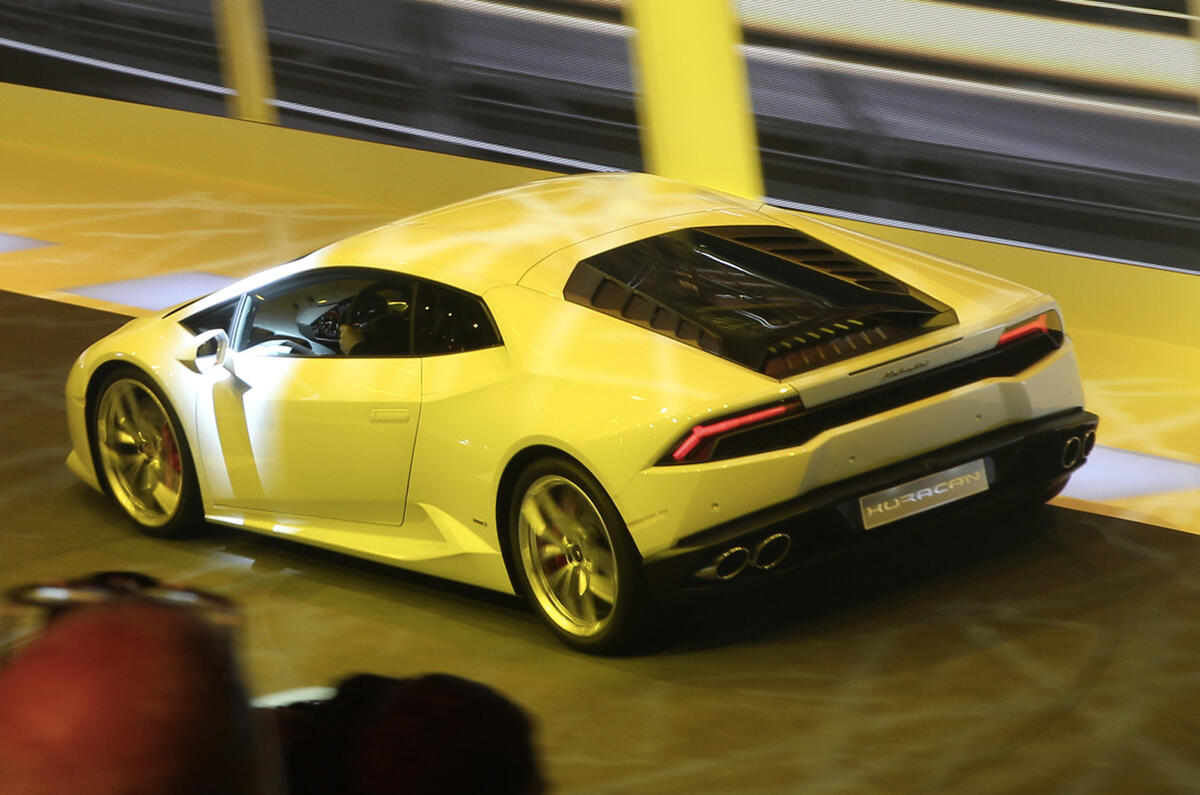
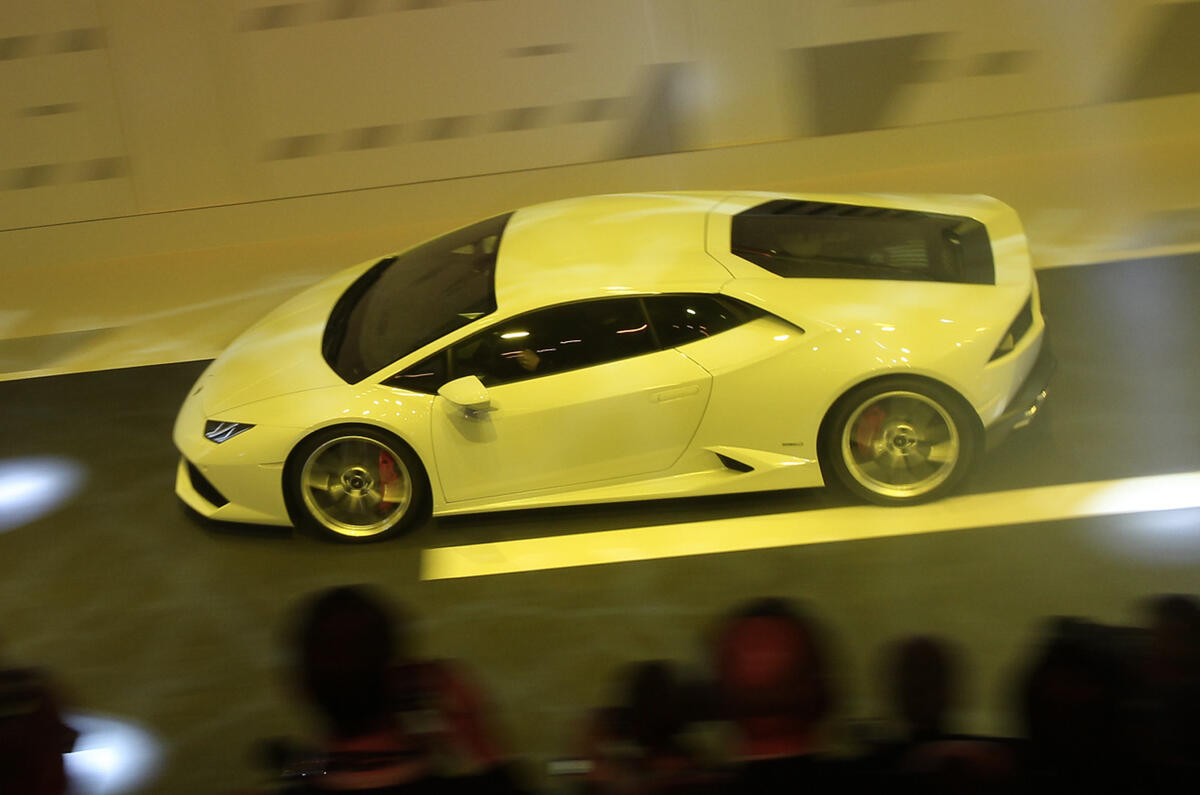
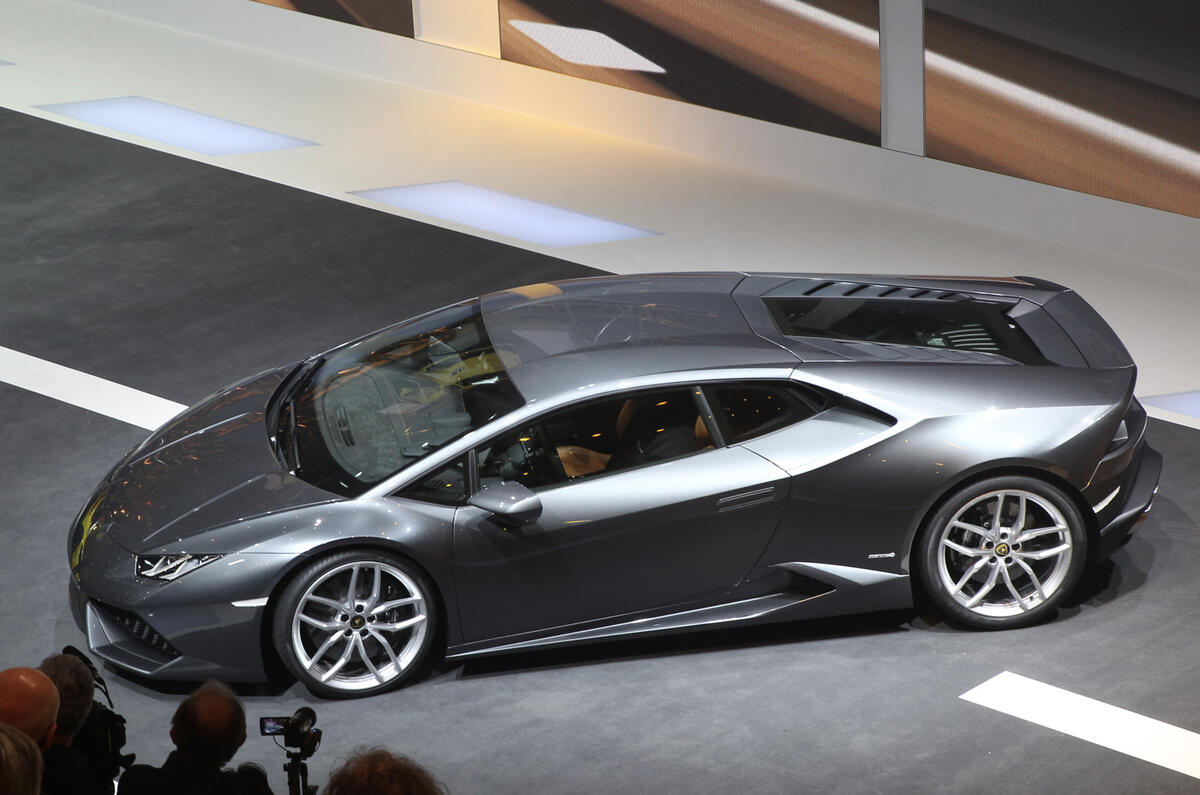
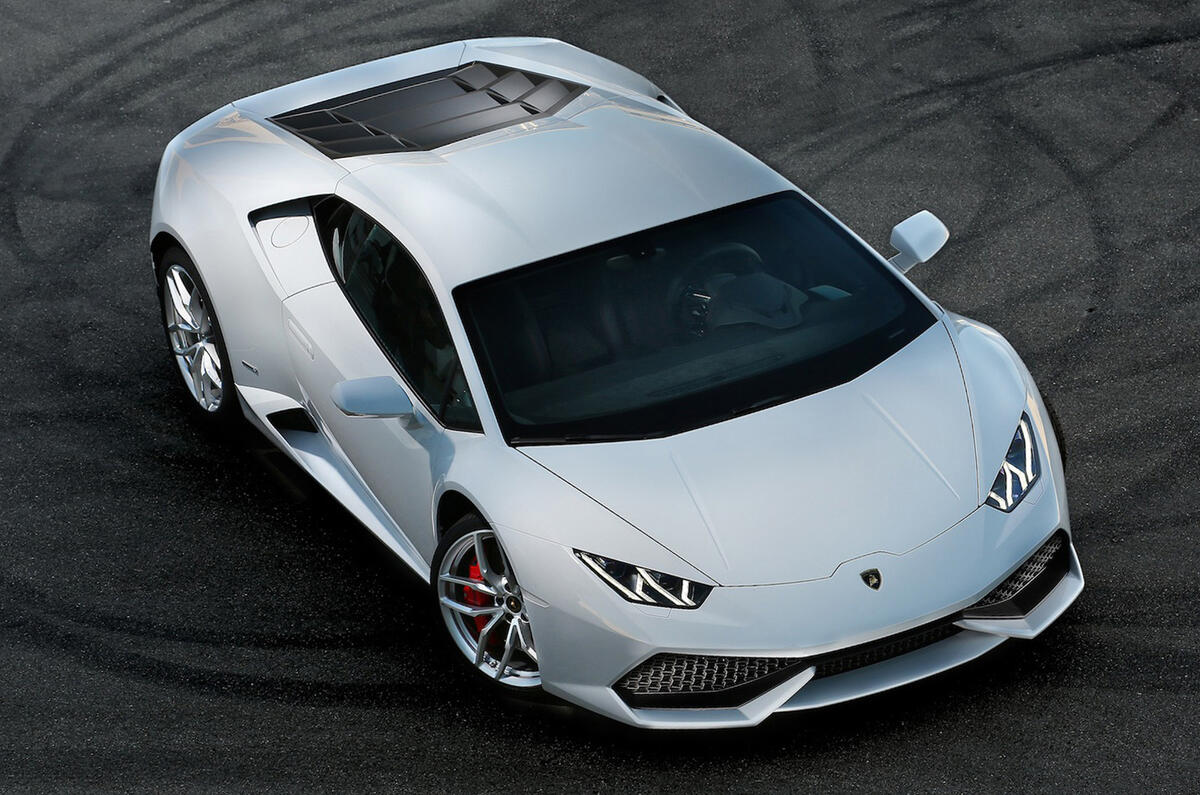
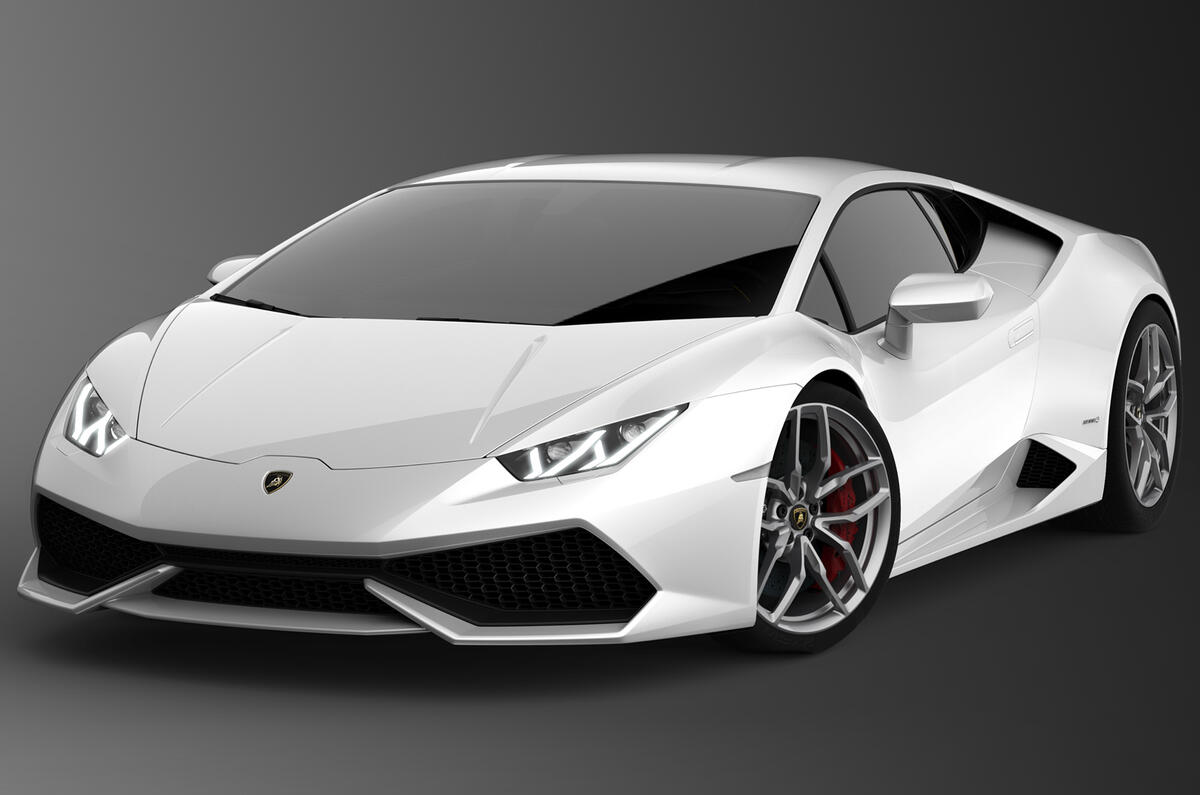
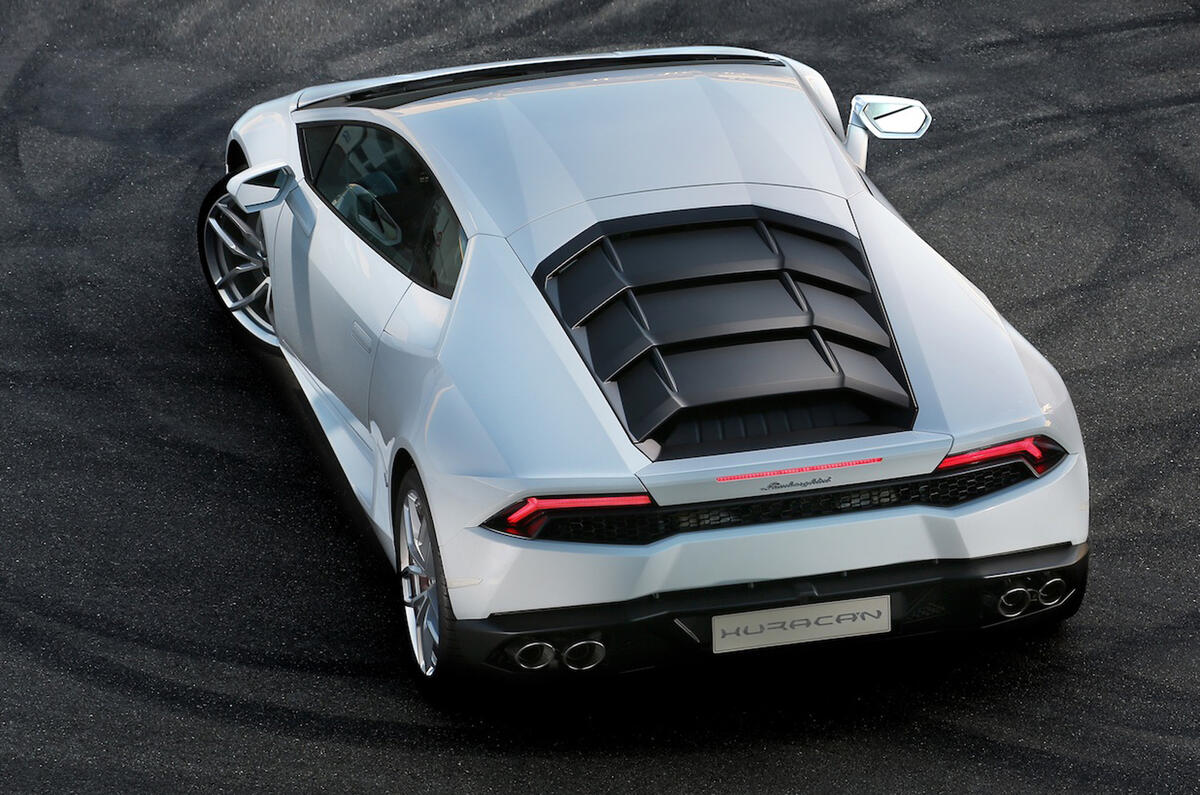

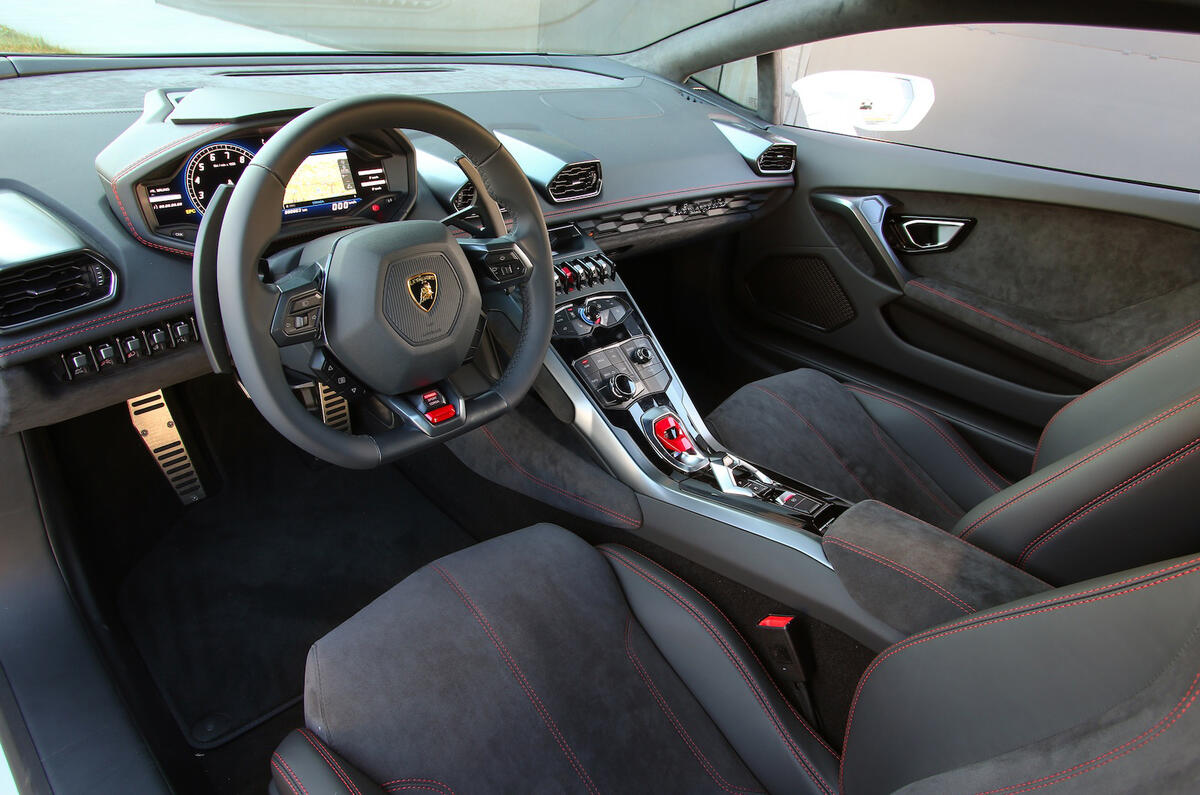


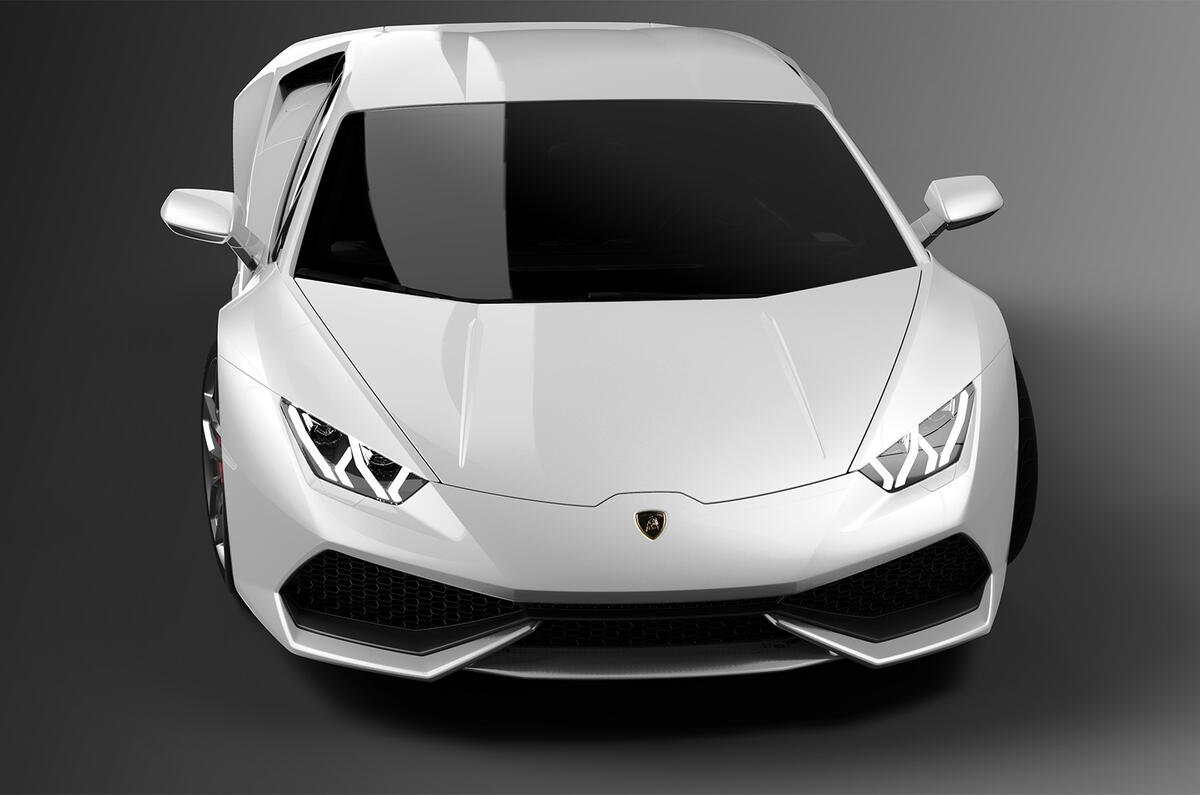

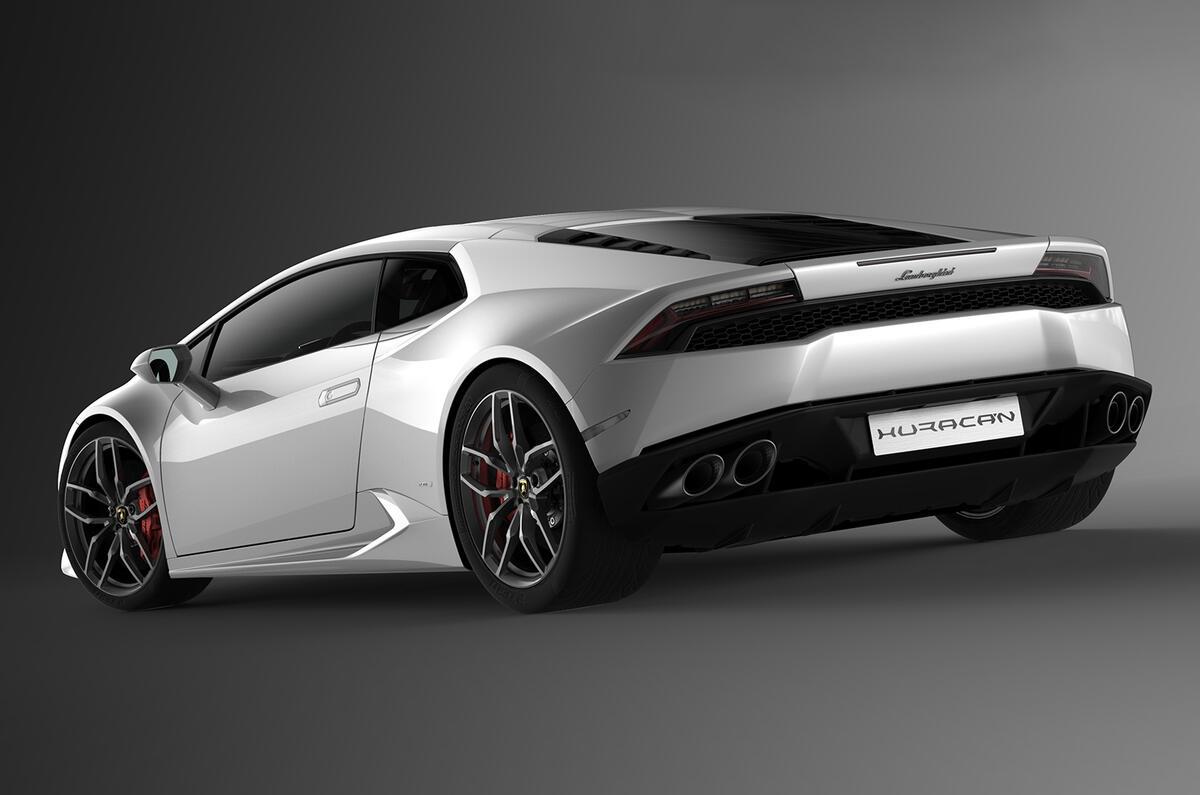
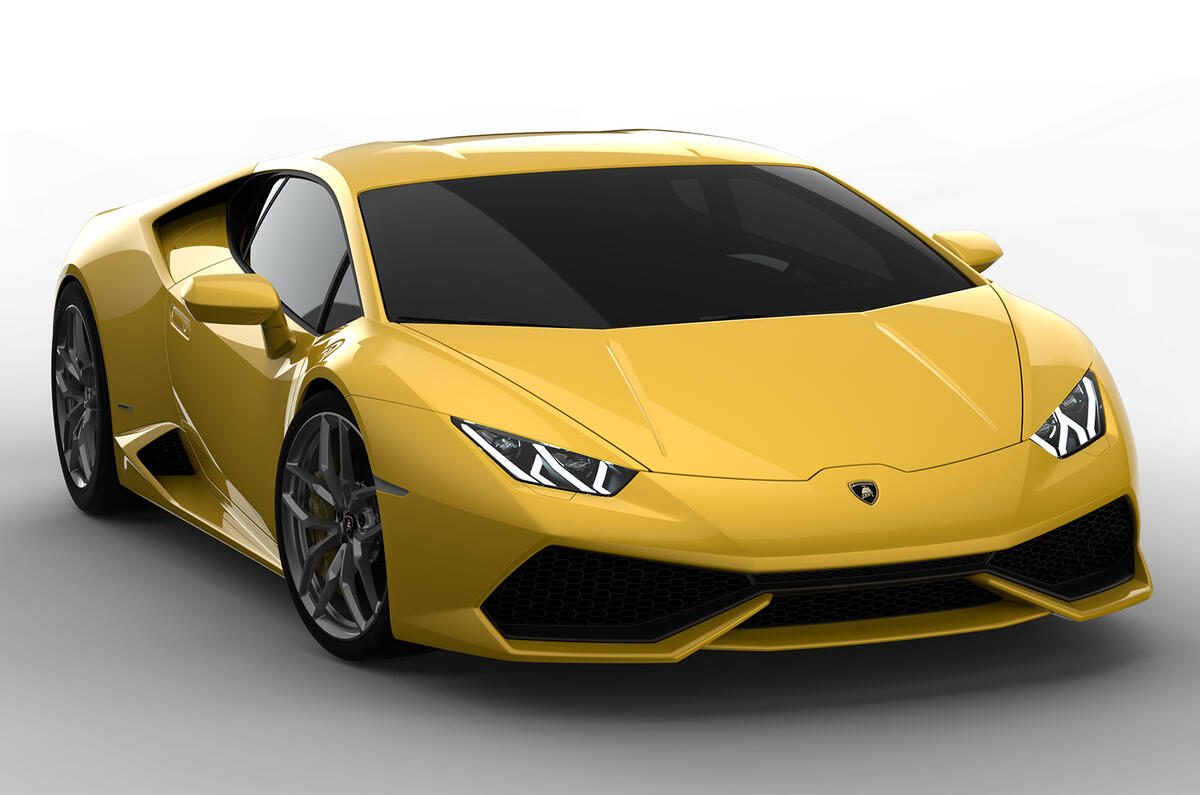
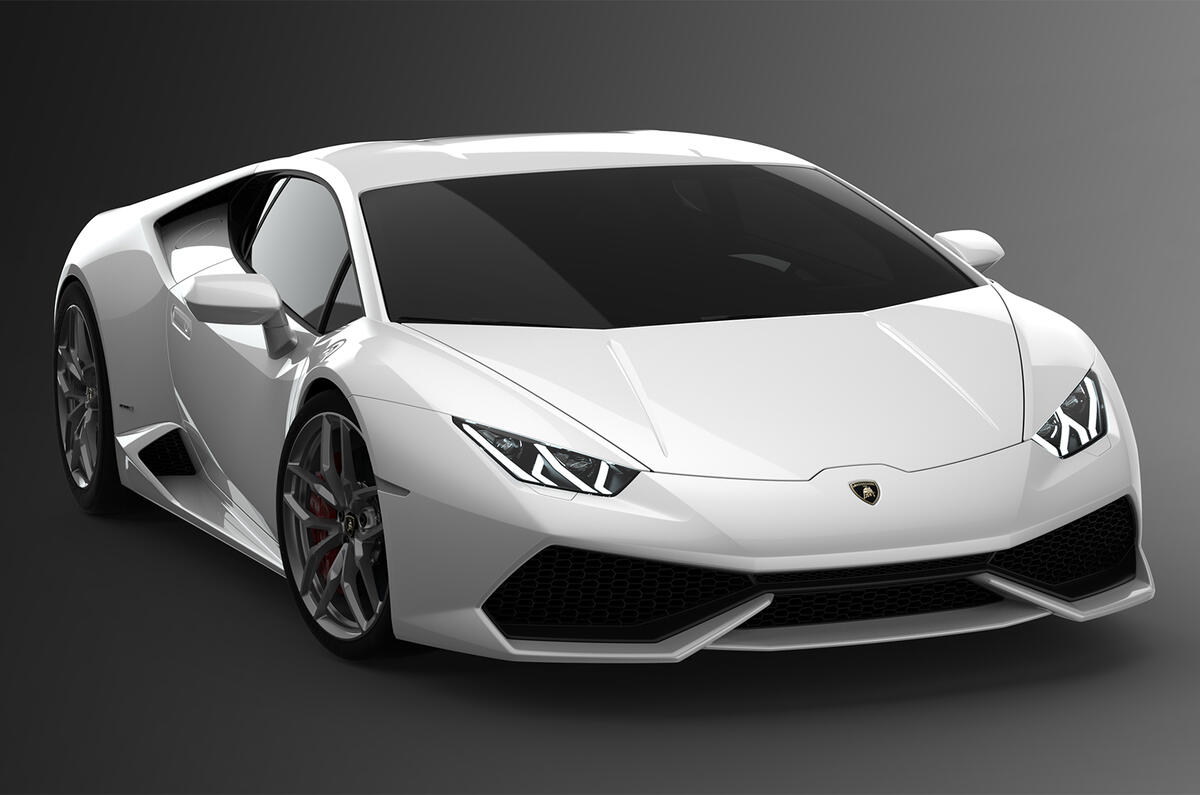

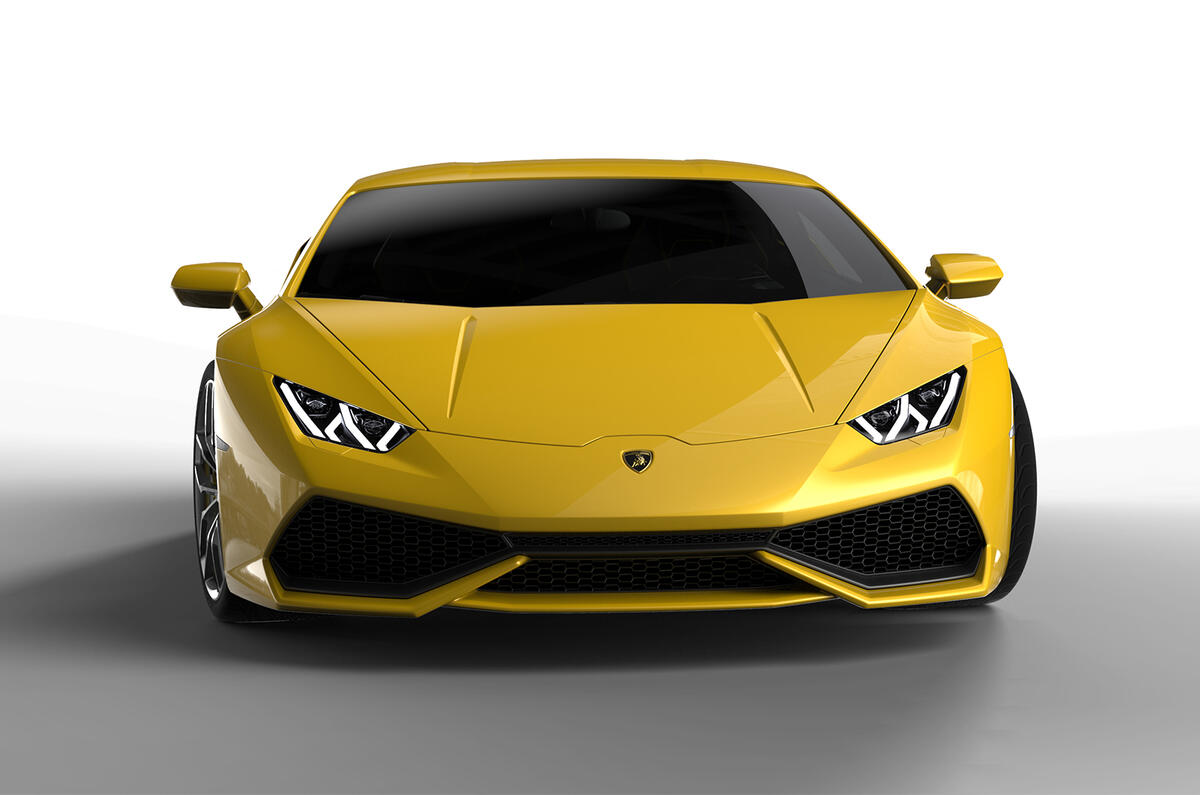
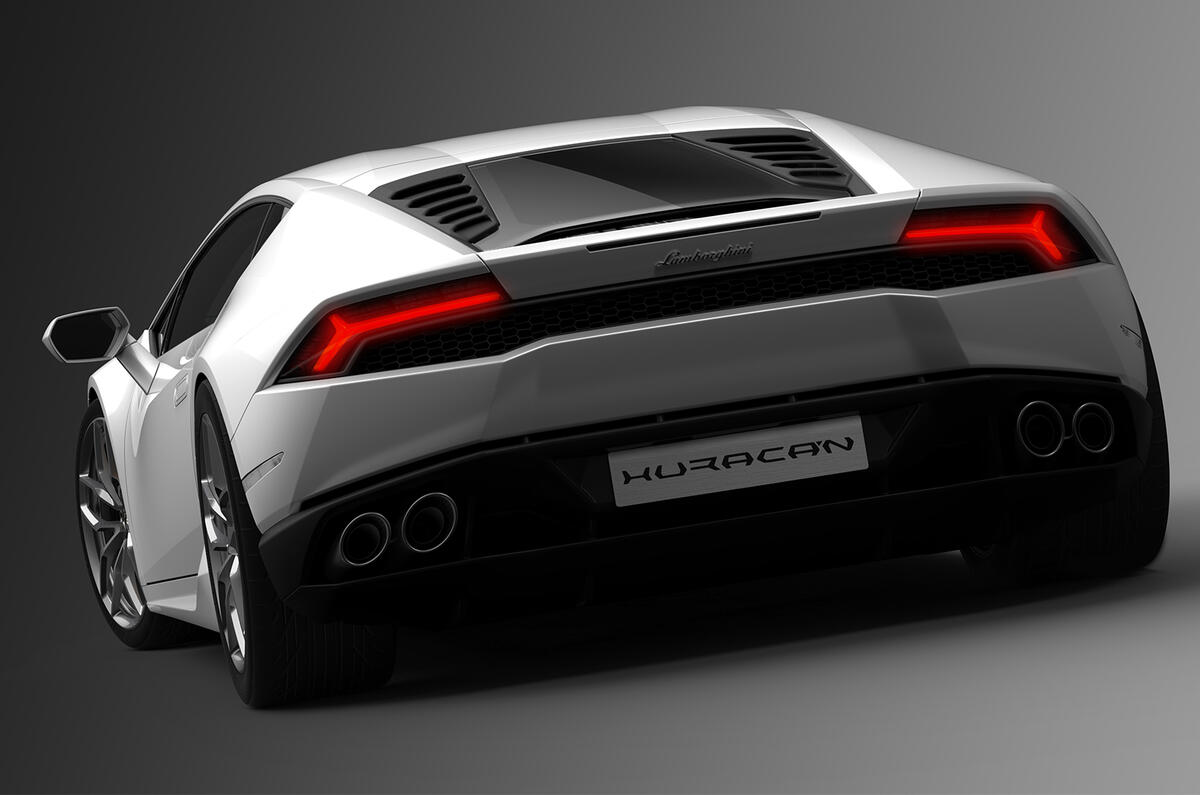
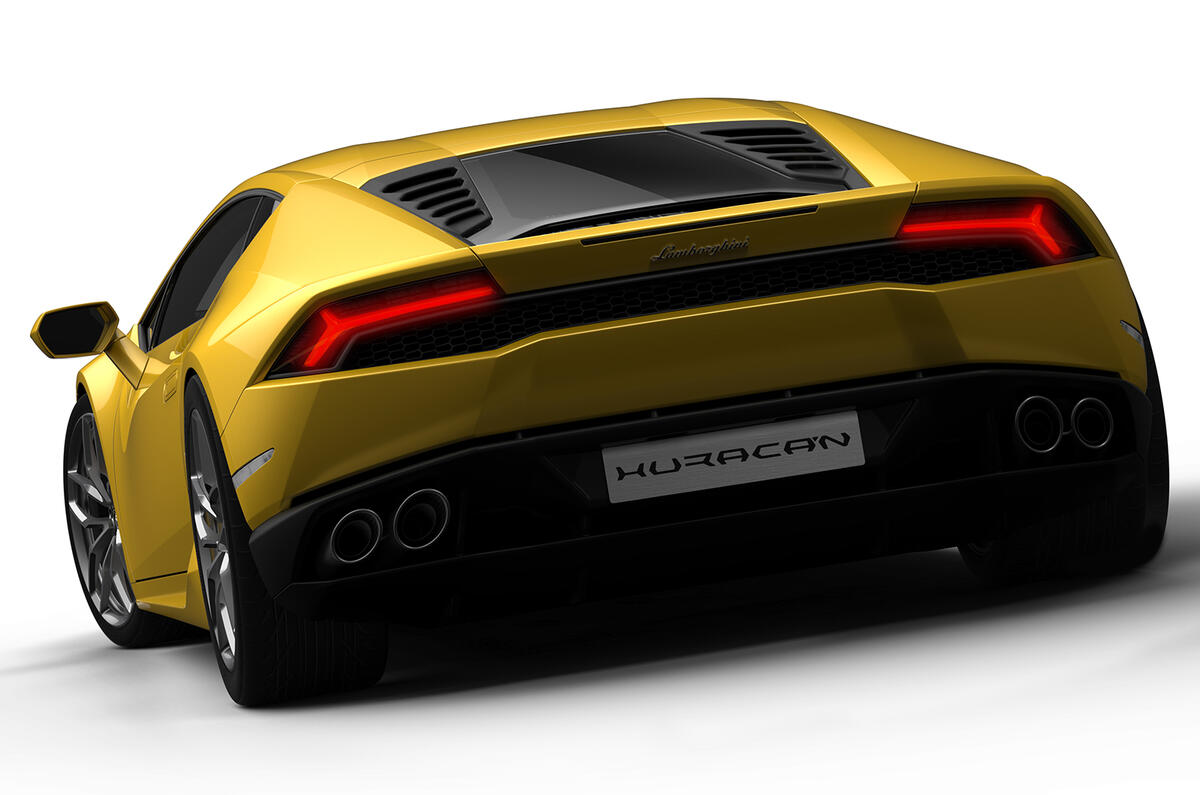
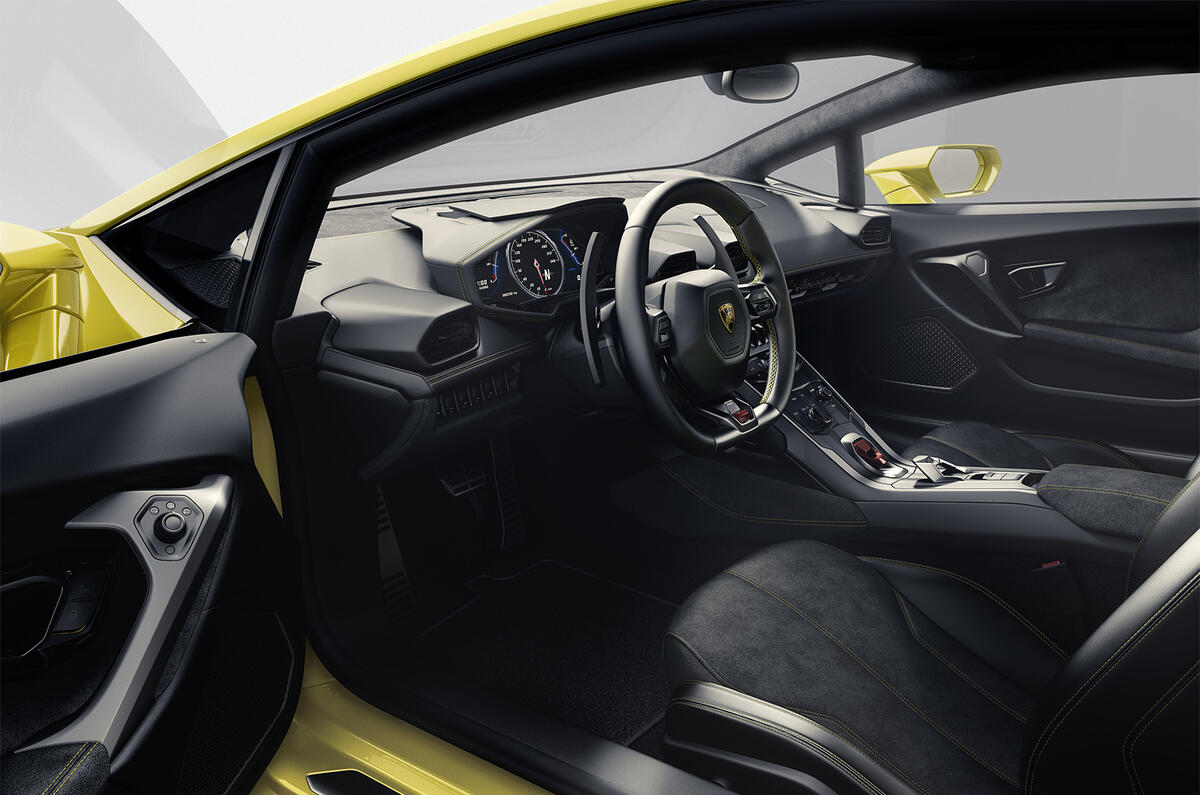




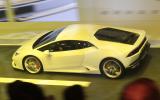


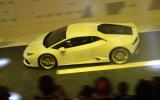
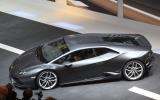


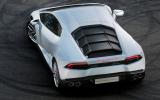
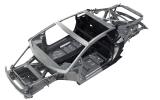
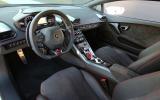
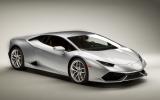



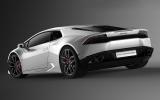


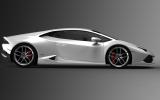

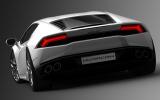
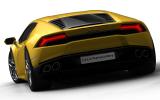
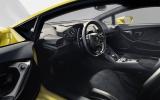



Join the debate
Add your comment
Cost
But on another note I love the 458 and this Huracán. Looks fantastic
Good luck with that
My Turn.... :)